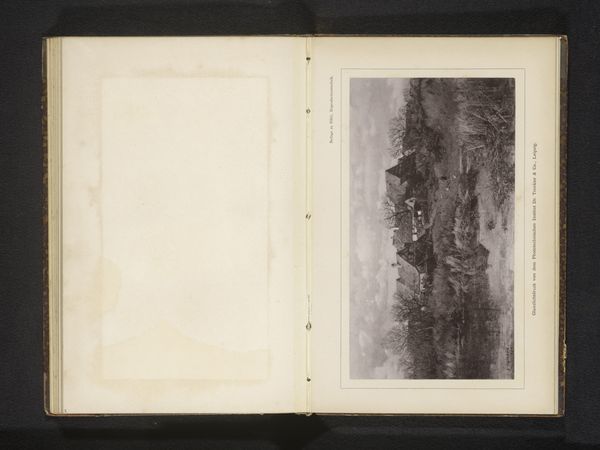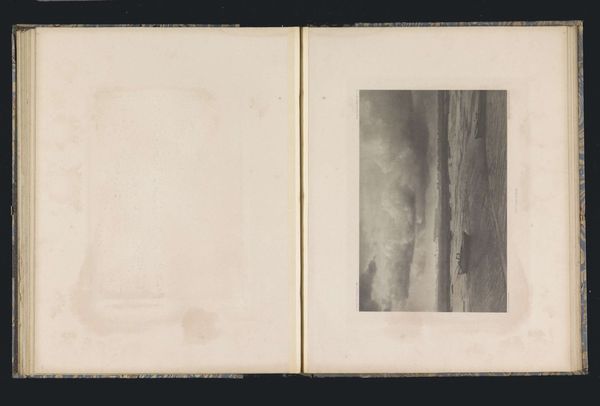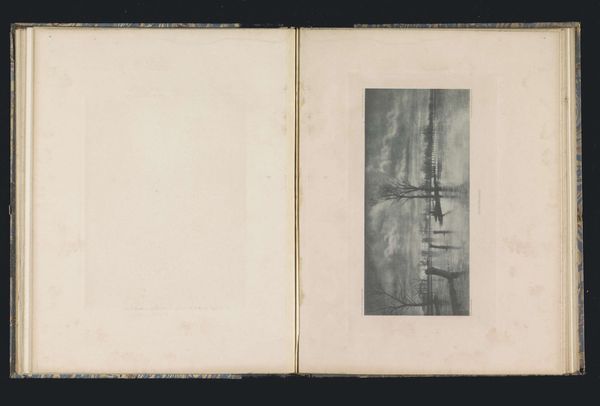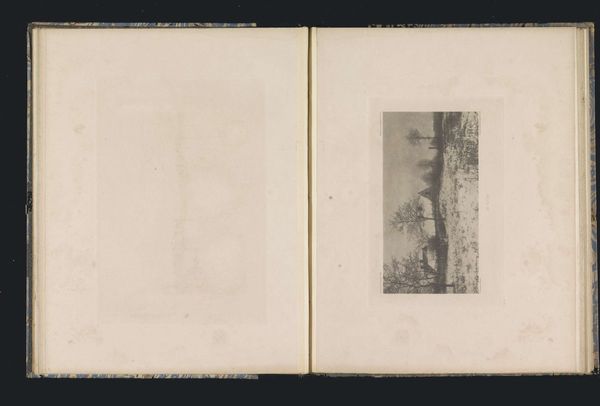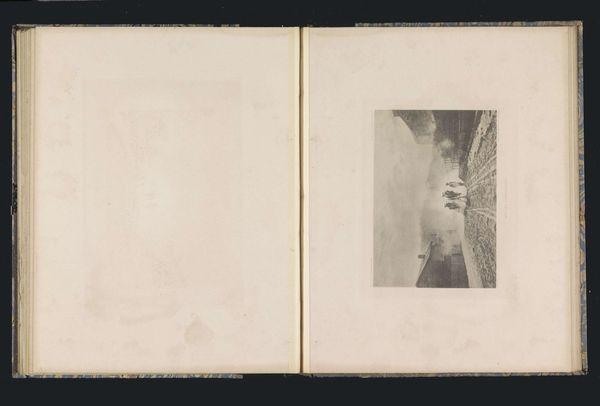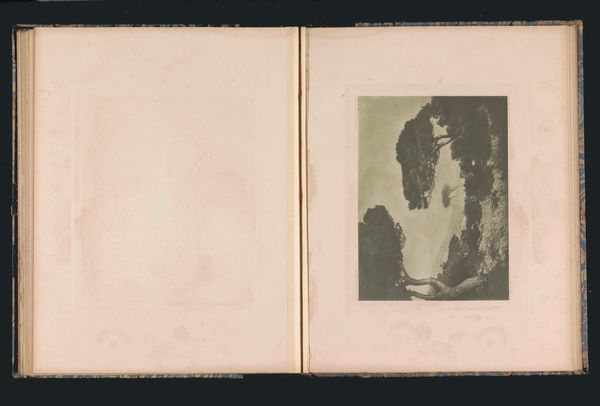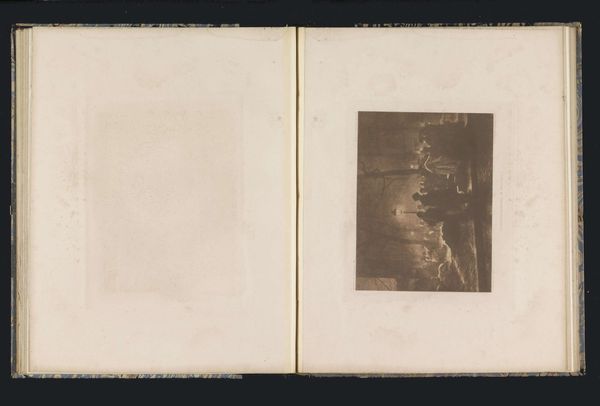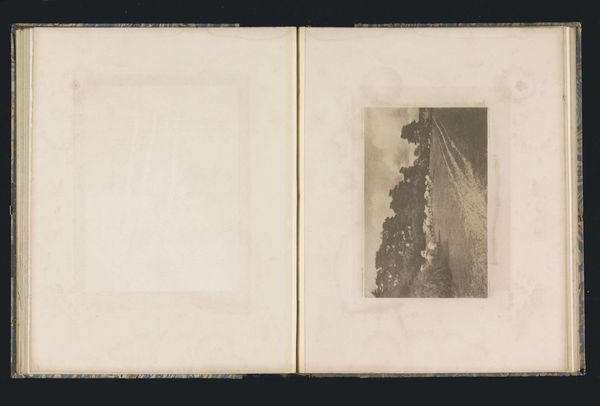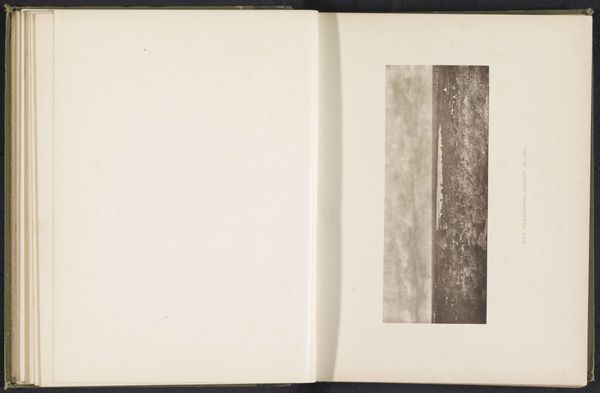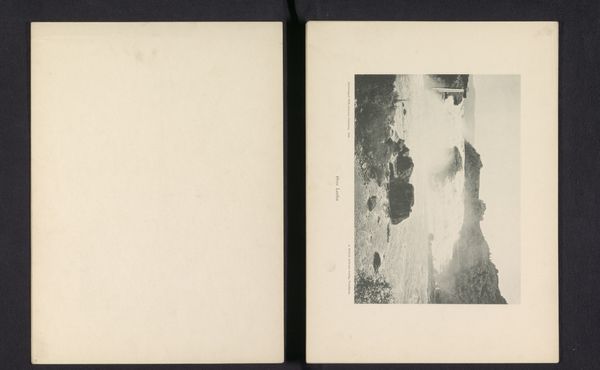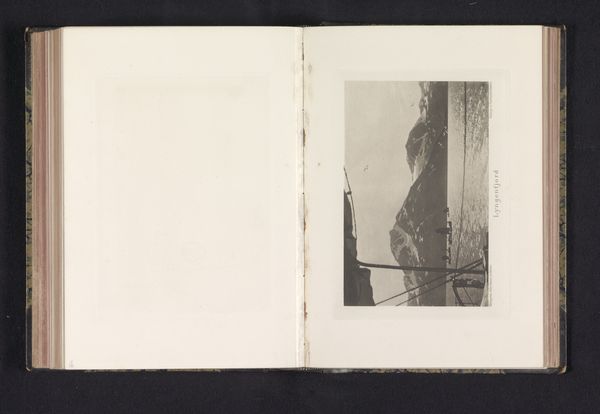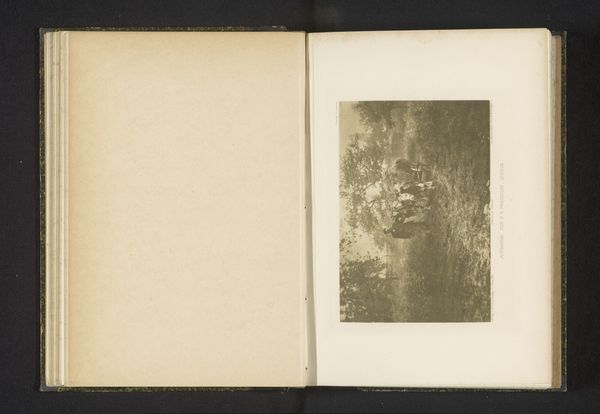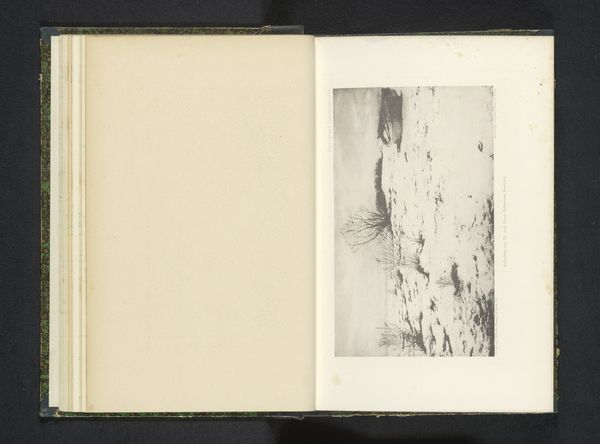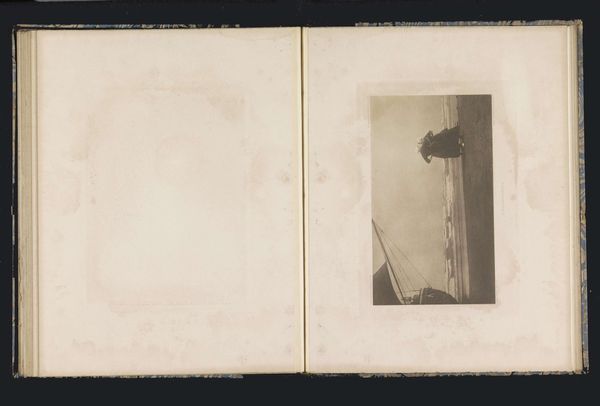
Dimensions: height 98 mm, width 179 mm
Copyright: Rijks Museum: Open Domain
Editor: This watercolor drawing, "Gezicht op de Theems bij Shepperton," was created before 1899 by Viscount Maitland. The limited color palette creates such a somber, reflective mood. What can you tell me about its place within impressionism and landscape art of the time? Curator: Well, let’s think about the social context that birthed Impressionism. The late 19th century was a time of rapid industrialization and urbanization, pushing artists to reconsider their relationship with the natural world. How might this image of the Thames be both a celebration of the English countryside and perhaps a lament for its transformation? Consider also the politics embedded in landscape painting. Who has access to these pastoral scenes? Whose labor is rendered invisible in this serene depiction? Editor: That’s an interesting point about labor and access. I hadn't considered who is, and isn't, represented here. Curator: Exactly! Think about how gender, class, and empire intersect within landscape traditions. Plein-air painting, capturing fleeting moments in nature, can also become a marker of privilege, a leisure activity afforded to certain classes. What does it mean to portray a scene of apparent tranquility when Victorian society was so sharply divided? Editor: So, it's about questioning the narrative of idyllic rural life. Considering the viewpoint and its implied social positioning. Curator: Precisely. It invites us to reflect on the complex interplay between aesthetics, social power, and historical context. Editor: That has certainly given me a new lens through which to view landscape art. Thank you. Curator: My pleasure! It's always about digging beneath the surface and seeing art as part of broader societal dialogues.
Comments
No comments
Be the first to comment and join the conversation on the ultimate creative platform.
